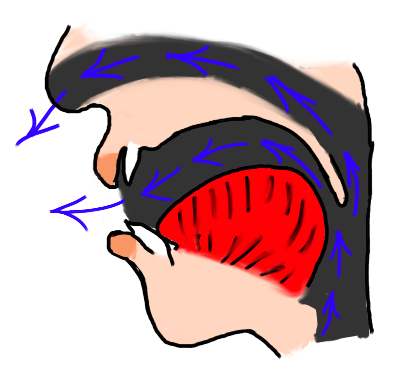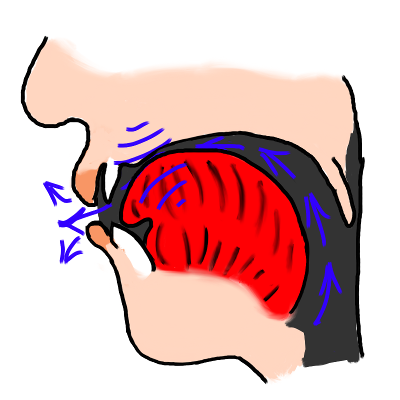How to pronounce quinze
Do you find the information below useful? If you do, you can get guides like it for 1,000+ French words by downloading this app for your iPhone or iPad.
| k |  | A French 'k' sound (often written "qu" or, as in English, "c") is generally pronounced in a similar way to the English 'k' sound of "skin", "scan" etc. In other words, it is not usually followed by a "strong burst of air" (aspiration) as in the 'k' sound of English "kit", "can" etc. If you are a native English speaker, repeat the word "cool" then "school" while holding your hand in front of your mouth. In the word "cool", you'll feel a stronger burst of air than in "school". In French, you always pronounce the 'k' sound as in English "school", without the strong burst of air. | |
| æ̃ |  | This vowel is pronounced with the tongue and mouth in a similar position to the 'a' of English "am". The vowel is nasalized: air escapes through the nose as well as the mouth. | |
| z |  | The French 'z' sound is pronounced in a similar way to English 'z', by bringing the front part of the tongue very close to the ridge behind the teeth, causing friction as the air escapes, and with the vocal cords vibrating. A very subtle difference is that many English speakers use the very tip of the tongue, whereas in French it is common to use the part of the tongue just behind the tip (called the "blade" of the tongue). |